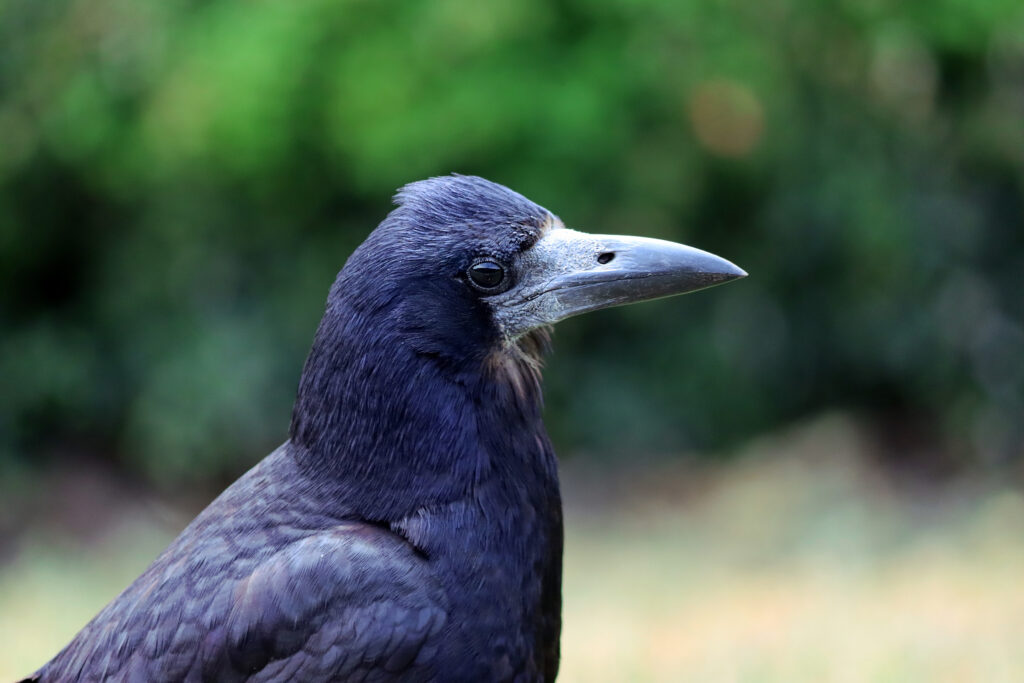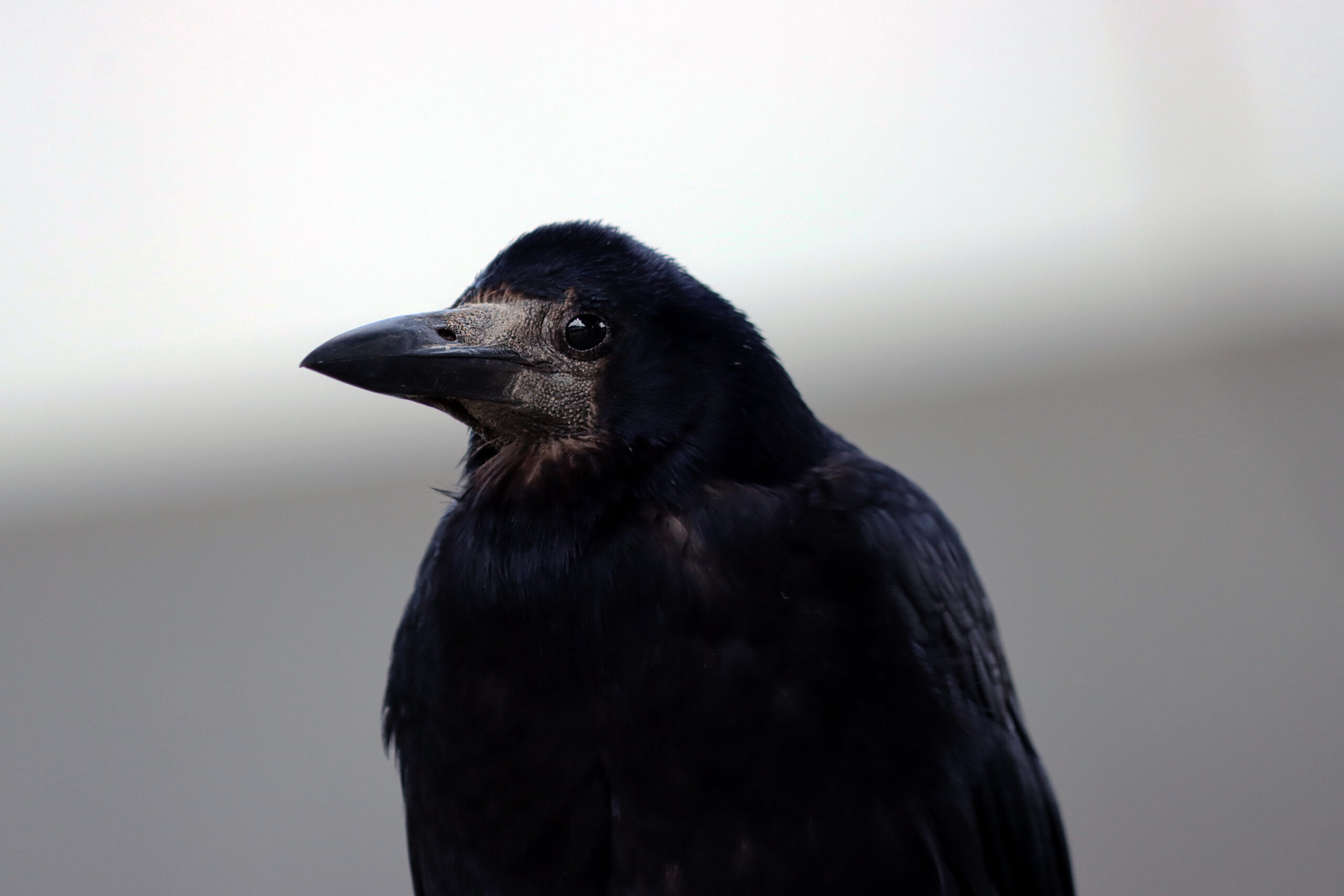As we delve into the heart of Ireland’s rural landscapes and even its urban streets, we are met with the resounding cacophony of a distinctive bird species—the Rooks. A sight and sound familiar to many, the boisterous calls of these feathered inhabitants have become an integral part of Ireland’s ambiance.
New Generation: The Birth of Fledglings
Each year, around this time, we find ourselves amidst an enchanting spectacle of nature. The Rooks are nurturing their fledglings, training them for the challenges and adventures that lie ahead. The sky teems with these young birds, their flapping wings and aspiring eyes being a true delight for bird enthusiasts. They may be a little noisy, yes, but remember, that’s just the sound of life pulsating in the beating hearts of these little creatures.
If you find the noise they create a tad overwhelming, keep in mind that this is a critical time for them. The fledglings are honing their survival skills and communication is key to their education. Each squawk, caw, and clatter is a sentence in their language—a testament to their progression into maturity.
Bird Brains? Think Again!
Don’t be fooled by their raucous nature. Rooks are remarkably intelligent creatures. They belong to the Corvid family which includes ravens, crows, and magpies, some of the most intelligent birds on the planet.
Rooks demonstrate problem-solving skills that hint at a level of intellect comparative to primates. They use tools, recognize themselves in mirrors, remember faces, and can even understand basic physics. Fascinating, isn’t it? If you are patient and observant, you might catch a glimpse of these behaviours right in your backyard!
An Unseen Survival Strategy: Trash Foraging
Their intelligence isn’t just limited to their problem-solving capabilities; it’s also evident in their resourcefulness and adaptability. One notable example is their uncanny ability to forage into trash bins.
To illustrate, let’s recall an amusing beach episode. While kids were engrossed in swimming on the pier, cunning Rooks swooped down and skillfully pried open their unattended Pringles tube. The children returned to find their chips had become part of a Rook’s beach picnic!
As urban landscapes expand, many bird species struggle to adapt to this changing environment. However, Rooks have capitalized on this urban sprawl. Trash bins have become a primary source of nourishment for them, serving as a goldmine of edibles. Their adaption to exploit these human-made resources reflects their ingenuity in dealing with habitat changes.

Fun Rook Facts:
- Social Creatures: Rooks are highly sociable birds. They are usually seen in groups, known as a ‘parliament’ or ‘building’. They communicate, forage, roost, and breed communally.
- Monogamy in Rooks: Rooks mate for life and are known for their touching displays of affection. They preen each other, share food, and protect their nests together.
- Rookeries: Rooks nest in colonies called rookeries, usually at the tops of large trees. A single rookery may contain hundreds of nests, becoming a bustling hub of rook activity in breeding season.
In essence, Rooks are more than just the boisterous birds that occasionally disturb the quietude of your afternoon tea. They are complex, intelligent creatures who are a vital part of our ecosystem. Next time you hear their squawking or witness them cleverly foraging into a trash bin, take a moment to admire their unique charm and resilience. They are a testament to nature’s adaptability, survival, and profound intelligence.
And remember, in the ever-evolving symphony of life, the rooks are playing their part beautifully—and loudly!

Leave a Reply